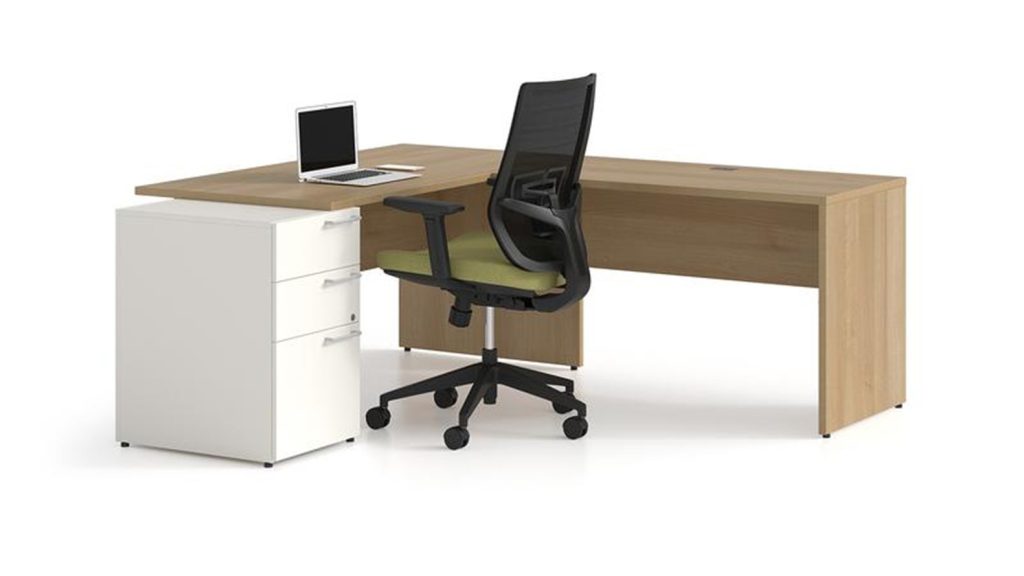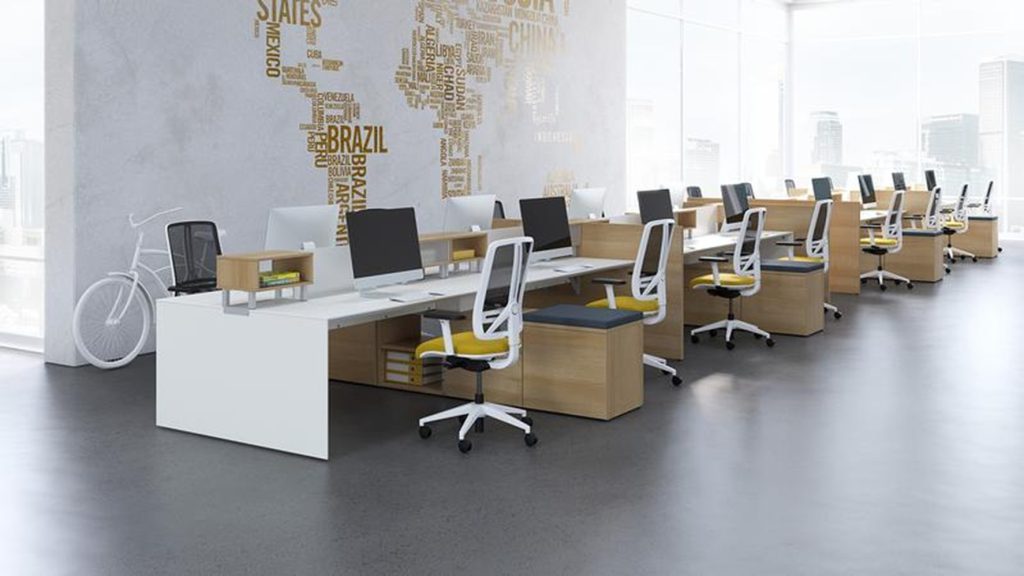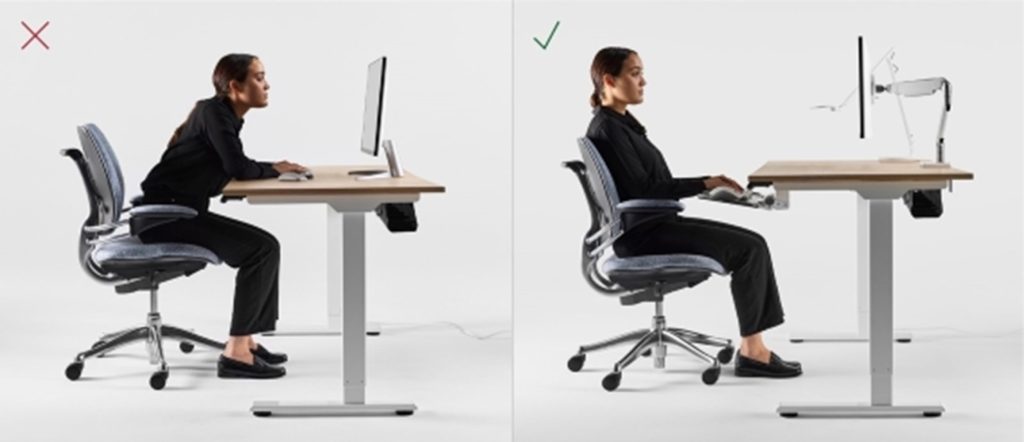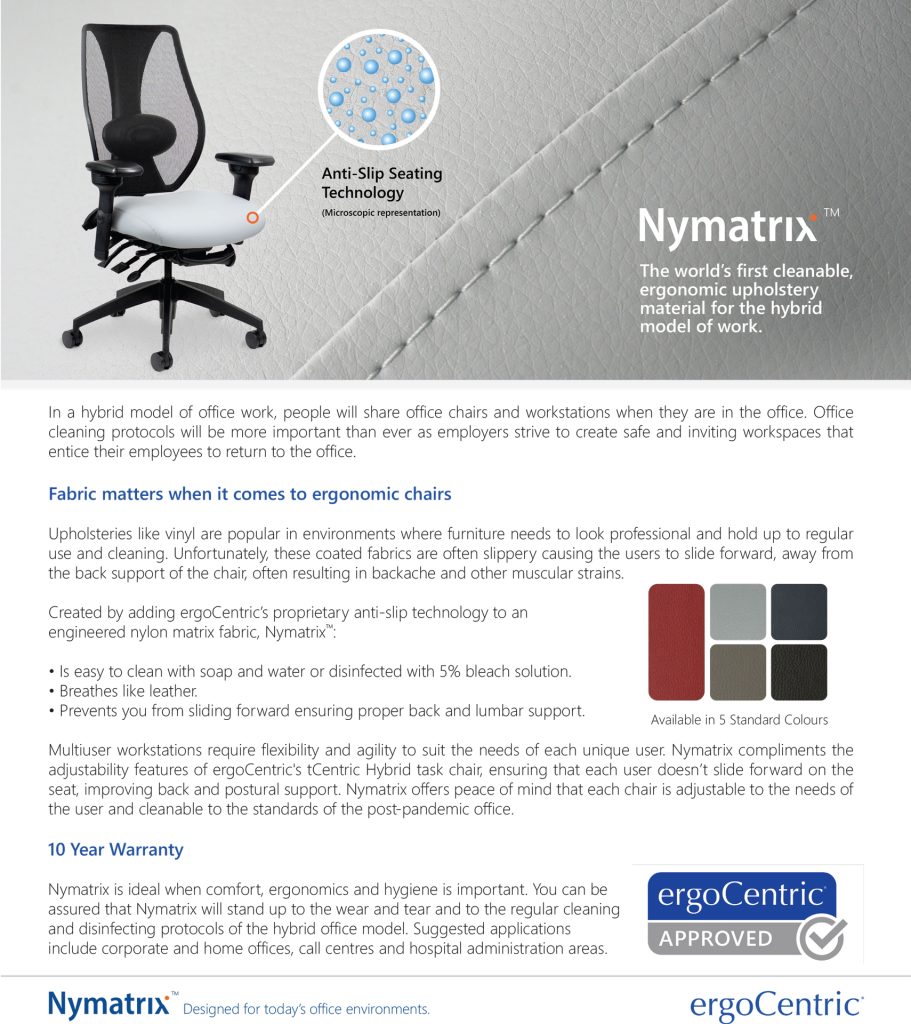AFG Ergo is a company whose mission is to provide ergonomic solutions to increase the comfort and well-being of office workers. Our ergonomic tools aim, among other things, to better adapt computer components to the people who use them.
Our solutions address the discomfort, pain, and aches and pains resulting from office work and prevent more serious consequences such as musculoskeletal disorders (MSDs) and repetitive strain injuries (RSIs).
Our work is based on the deep conviction that comfort and well-being reduce absenteeism and increase employee productivity.




The first step is to determine your space configuration needs. Open-plan layouts with desk clusters positioned centrally require integrated power solutions, whereas traditional closed offices typically rely on existing wall outlets for electrical access.
Storage requirements represent another critical planning element. While most employees work well with a standard desk featuring built-in drawers or a basic storage unit, some roles demand comprehensive storage systems including shelving units, filing cabinets, bookcases, and wardrobes.
Finally, you should assess your collaborative space requirements by defining your needs for conference rooms, meeting areas, and flexible collaborative zones that support different work styles and team interactions.
A height-adjustable desk offers two main advantages: it allows you to alternate between sitting and standing positions during the workday. But more importantly, it adapts to the body type of each user, since the standard desk height of 29 inches might work for some but is usually not adequate for all users.
Strategic placement of acoustic solutions can significantly improves workplace concentration. Partitions, divider panels, and acoustic screens define quieter zones within open office environments, creating valuable spaces for focused work and enhanced productivity. These solutions help manage sound levels while preserving the collaborative benefits of open-plan designs.
It is a chair designed with the necessary adjustments to accommodate different user body types and adapt to the specific characteristics of the workstation:
Office furnishing projects involve several coordinated phases: space planning and design, showroom visits, furniture selection, and finish specification. Manufacturing lead times for furniture and specialized components are also key factors to consider. To ensure successful completion aligned with your occupancy timeline, allow a minimum of 3 to 4 months from project initiation through delivery, assembly, and final installation.
A simple but functional workstation, such as this one, can cost as little as $1,000:

Island workstations require dedicated electrical infrastructure including power conduits, wiring, cables, and individual outlets for each station. Budget approximately $2,000 to $2,500 per workstation, for complete electrical integration in configurations like this example:

Storage needs will also have a direct impact on the price. An office like this one, with several storage modules, will cost between $4,000$ and $5,000:

Compact office setups require as little as 48 inches in length by 24 inches in depth. However, when there is enough room, 30-inch-deep workstations provide improved comfort and functionality. Maximize your available space by incorporating storage modules positioned beneath the work surface, creating efficient dual-purpose solutions.

The monitor mount is undoubtedly the ergonomic accessory that provides the most benefits. It allows you to position the monitor correctly (at arm’s length, with the top of the screen at eye level), while freeing up the work surface:

Your chair is delivered unassembled, assembling the components takes 15-20 minutes. You can receive your new chair already fully assembled, with an additional cost of $85.00.
